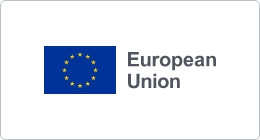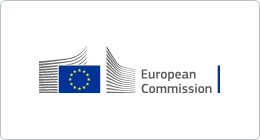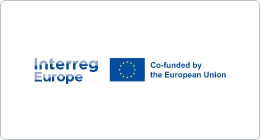World Intellectual Property
The importance of Intellectual Property
Intellectual property is the foundation of innovation and economic growth. It safeguards creative ideas, inventions, brands, and artistic works, ensuring that businesses and individuals receive recognition and financial rewards for their efforts. Companies that fail to protect their IP risk losing market competitiveness, while those that disregard others’ rights face legal consequences.
Types of Intellectual Property
- Patents – Protect new inventions, processes, or technologies for a limited period (usually 20 years). Example: A new pharmaceutical drug.
- Trademarks (Brand Names) – Protect symbols, names, or logos that distinguish a company’s goods or services. Example: The Nike swoosh logo.
- Industrial Designs (Models) – Protect the visual appearance of a product, such as shape, color, or pattern. Example: The design of a smartphone.
- Copyrights – Protect creative works, including literature, music, films, and software. Example: movie, book or a software code.
- Trade Secrets – Protect confidential business information that provides a competitive advantage. Example: The Coca-Cola formula.
Why Should Companies Protect and Respect IP?
- Prevent Unauthorized Use – Avoid loss of unique ideas and products to competitors.
- Enhance Market Value – Strong IP rights increase brand credibility and business valuation.
- Encourage Innovation – Ensures that companies and individuals invest in R&D without fear of theft.
- Avoid Legal Issues – Using someone else’s IP without permission can lead to costly lawsuits.
- Expand Globally – Proper IP registration allows businesses to operate safely in international markets.
What is WIPO – World Intellectual Property Organization?
The World Intellectual Property Organization (WIPO) is a specialized agency of the United Nations (UN) dedicated to promoting and protecting intellectual property (IP) worldwide. Established in 1967, WIPO provides a global framework for IP services, policies, and cooperation among countries.
With 193 member states, it helps businesses, inventors, and governments navigate IP regulations efficiently.
WIPO oversees international treaties like the Patent Cooperation Treaty (PCT) and the Madrid System for trademarks, enabling streamlined protection across multiple countries. For more information on how to protect your intellectual property, visit WIPO’s official website.
Conclusion
Intellectual property is a powerful asset that fuels global business growth and innovation. Organizations like WIPO help companies navigate IP rights, ensuring fair competition and legal protection. Companies must actively protect their own IP while respecting others, fostering a culture of innovation, and avoiding legal risks.
Abbreviations used in IP world:
ASPI – Access to Specialized Patent Information
ARIPO – African Regional Intellectual Property Organization
BOIP – Benelux Office for Intellectual Property
ccTLD – Country Code Top-Level Domain
CPC – Cooperative Patent Classification
CRM – Customer Relationship Management
EUIPO – European Union Intellectual Property Office
gTLD – Generic Top-Level Domain
ICANN – Internet Corporation for Assigned Names and Numbers
IPC – International Patent Classification
LP – Limited Partnership
SME – Micro, Small, and Medium-Sized Enterprise
OAPI – African Intellectual Property Organization
OEM – Original Equipment Manufacturer
PCT – Patent Cooperation Treaty
RUL – Remaining Useful Life
SDK – Software Development Kit
SHA – Shareholders’ Agreement
TISC – Technology and Innovation Support Centers
TLD – Top-Level Domain
TRL – Technology Readiness Level
TTO – Technology Transfer Office
UDRP – Uniform Domain Name Dispute Resolution Policy
USPTO – United States Patent and Trademark Office
WIPO – World Intellectual Property Organization





